Early round coin
Early round coins (called yuanqian 圜钱, yuanjin 圜金 or huanqian 环钱), precursors of traditional Chinese coins with a square hole in the centre (fangkong qian 方孔錢), were already common in China in the last centuries of the Zhou dynasty (1046–256 B.C.) alongside coins in the form of shovels (buqian 布錢) and knives (daoqian 刀钱). They are characterised by a round opening in the centre, which probably had a practical purpose at the time, as several coins could be strung together through it. The coin in the photo is poorly preserved and scratched, but the remains of archaic markings or letters on it may indicate that it is a coin from the state of Qin 秦, where round coins were first used on a larger scale. As such, it most probably dates from between 400 and 300 B.C. (MG)

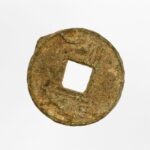

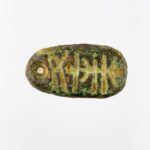


















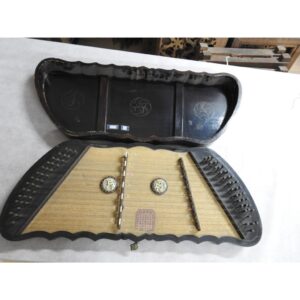
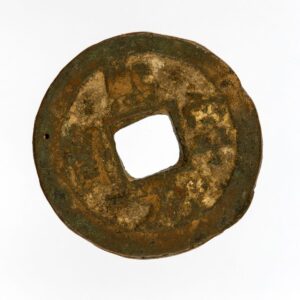







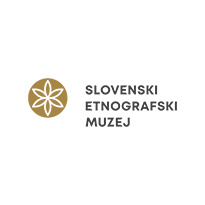



Do you have a comment or additional information about the subject?